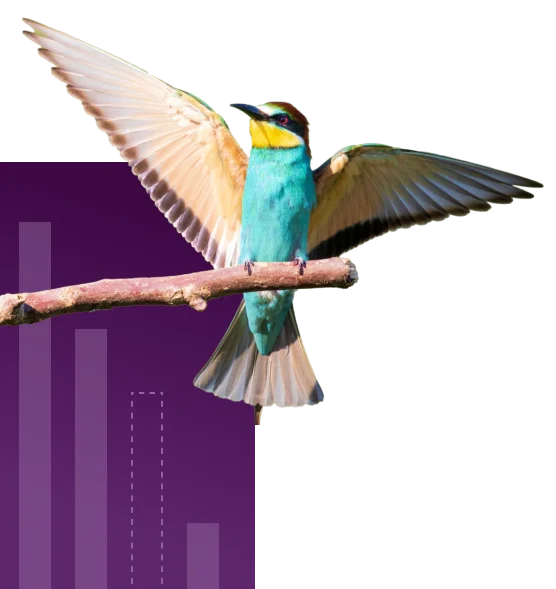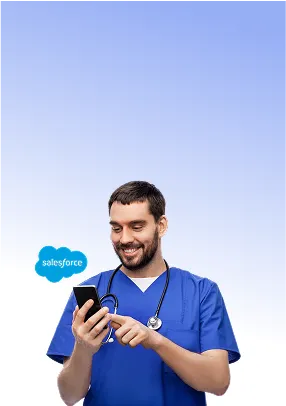About the Company
Our esteemed client is a leading diet meal and food ordering service provider. They operate in Australia and offer various meal plans and subscription services. Customers can place their orders online through the website.
Our client already used a B2C commerce cloud to provide their services and wanted to switch to Headless commerce.
Challenges
Our client faced multiple challenges, the most prominent of which was a team management issue.
Whenever the client wanted to make some necessary changes to the system’s front end, they had to engage both the front-end team and the back-end team to work over the difference. This is because the frontend team had to wait for the backend team to complete their part of the tasks and then update them before pushing the code or making any changes live. The changes were to be done simultaneously from both ends, and it was a time-consuming practice.
Moving further, the client wanted to provide a personalized user experience to their customers based on the channel from which they landed on the website. Additionally, they wanted to incorporate taxation and new payment gateways, for which some additional applications or solutions were required. Lastly, they wanted to optimize their website through a higher SEO ranking.
In summary:
- Difficulty in team management and adoption
- Lack of time management.
- Lack of personalization
- Time-consuming third-party integration
- Slow-website performance
Solutions
After understanding our clients’ challenges and needs properly, we implemented a scalable solution for them. As they desired to shift to Headless commerce, we assisted them.
This productive shift allowed them to separate their front-end and back-end operations, enabling an independent architecture for both teams. In order to build a connection between both ends, we used the existing Restful APIs.
Moreover, rather than starting from scratch, we utilized the existing PWA kit. This kit provides pre-built templates for the storefront and other tools for backend implementations. We used Managed Runtime to host, deploy, and monitor the front end, enabling a headless approach that boosted the front-end speed and introduced modern tools.
After the front and back ends were independent, it became easier for the team to perform changes independently. The units do not have to wait for the other team to update the changes. For instance, without the back-end team’s support, the front-end team could change any section, such as updating the content and replacing the images.
After implementing headless commerce, we could easily capture the complete customer journey, irrespective of the channel through which they landed on the website. Simultaneously, the backend could recognize the user journey, and based on it, a personalized experience could be served to users with the help of AI capabilities.
As per our client’s needs, we utilized the predefined backend connectors to implement payment gateways and taxation needs quickly. Additionally, the client requested to optimize the website through SEO, which we catered to as per their demand.
Testimonial
“Cyntexa’s solution to move from SFRA to headless commerce has proved to be a better fit for our business. Third-party integration was done seamlessly, and we can now provide our customers with the best-personalized experience. Best team!”
Benefits
- Shifting from SFRA to headless commerce eliminated the co-dependability of front-end and back-end platforms.
- Independent architectures eradicate the dependency of front-end and back-end teams on each other.
- Facilitated easy tracking of the customer journey.
- A personalized experience for every customer.
















